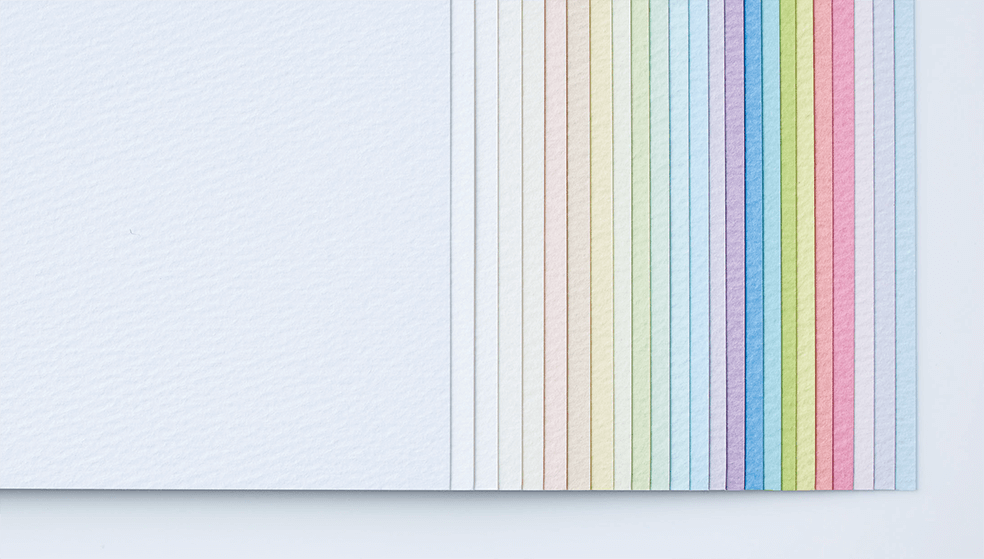Takeo Mihoncho Honten, the Shop Selling Beautiful Paper

MIHONCHO HONTEN, TAKEO Co., Ltd.
The white walls of Takeo Mihoncho Honten, located in Tokyo, bring out the shop’s impressive collection of 2,700 different kinds of paper, all arranged by shade. Huge shelves from floor to ceiling, and also in an immaculate white colour, hold yet more sheets of paper to delight lovers of colour. Founded 120 years ago and now known all over the world, Takeo has five shops specialising in paper in Japan, and has become an unmissable spot for lovers of beautiful paper.
In Takeo Mihoncho Honten, one of the most popular shops, customers can admire and touch ancient kinds of paper such as washi, a Japanese form of artisan paper which is made following ancestral methods, and then find modern paper on the first floor. The second floor acts as an exhibition space and allows customers to continue to become familiar with all kinds of beautiful paper.
Each sheet of paper available for sale is unique, and has its own characteristics regarding its colour, weight, texture or recommended use. A thin sheet is more suitable for a greetings card, while a thicker sheet is ideal for calligraphy, as it absorbs the ink better. The sales assistants will bend over backwards to help customers find what they’re looking for, and maybe even find that hidden gem.

TAKEO's fine paper, MERMAID has gentle, wavelike feltmark and the entire lineup of 60 colors available.

MIHONCHO HONTEN, TAKEO Co., Ltd.
Takeo Mihoncho Honten
3-18-3 Kanda Nishiki-cho, Chiyoda-ku, Tokyo
TRENDING
-
A House from the Taisho Era Reveals Its Secrets
While visiting an abandoned building, Hamish Campbell discovered photographs the owner had taken of the place in the 1920s.

-
The Taboo-Breaking Erotica of Toshio Saeki
The master of the 1970s Japanese avant-garde reimagined his most iconic artworks for a limited box set with silkscreen artist Fumie Taniyama.

-
With Meisa Fujishiro, Tokyo's Nudes Stand Tall
In the series 'Sketches of Tokyo', the photographer revisits the genre by bringing it face to face with the capital's architecture.

-
Masahisa Fukase's Family Portraits
In his series ‘Family’, the photographer compiles surprising photos in which he questions death, the inescapable.

-
Hajime Sorayama's Futuristic Eroticism
The illustrator is the pioneer for a form of hyperrealism that combines sensuality and technology and depicts sexualised robots.





